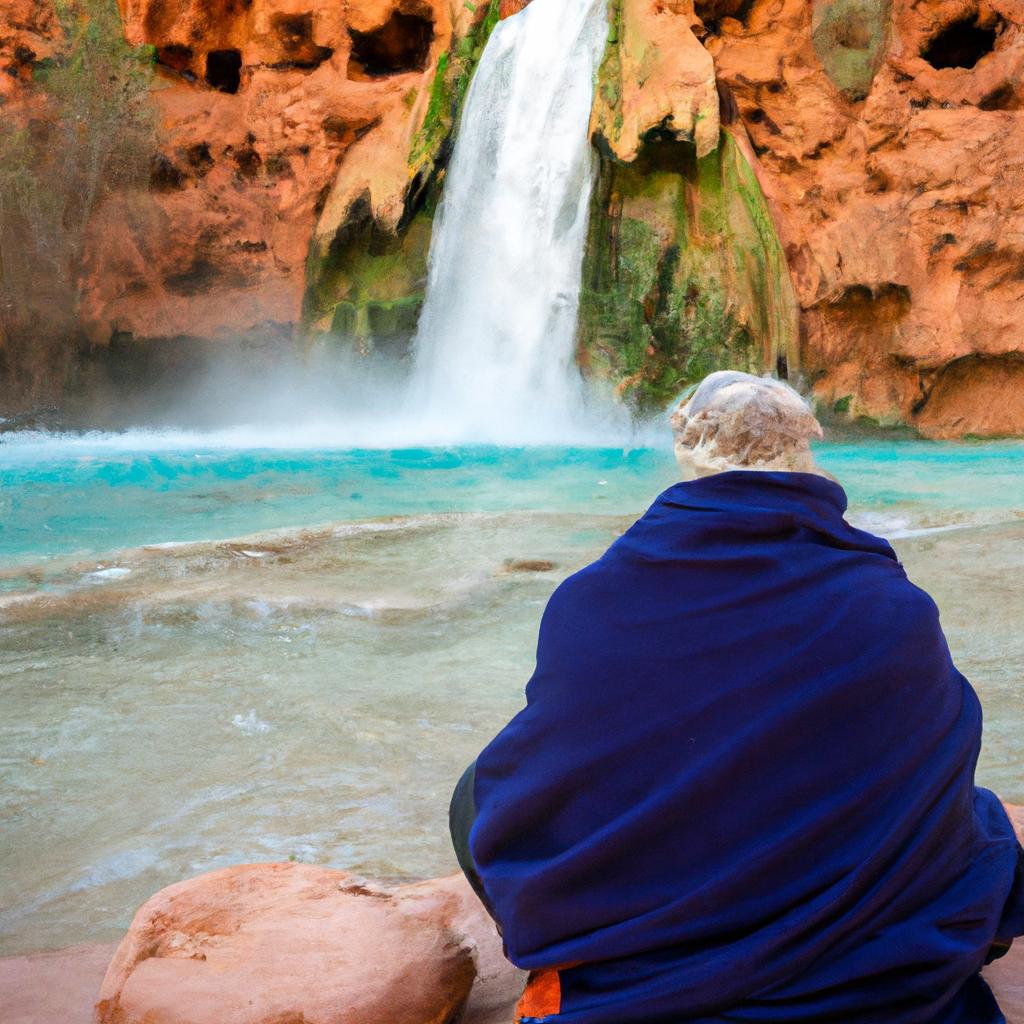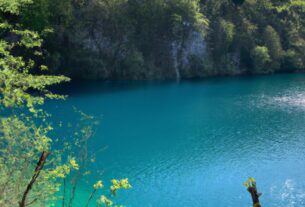The Havasupai Indian Tribe, often referred to as the “people of the blue-green waters,” has a captivating history and a vibrant culture that has been passed down through generations. Situated in the scenic Grand Canyon in northern Arizona, their homeland spans over an impressive 188,077 acres of land.
Unveiling the Culture and Traditions of the Havasupai Indian Tribe
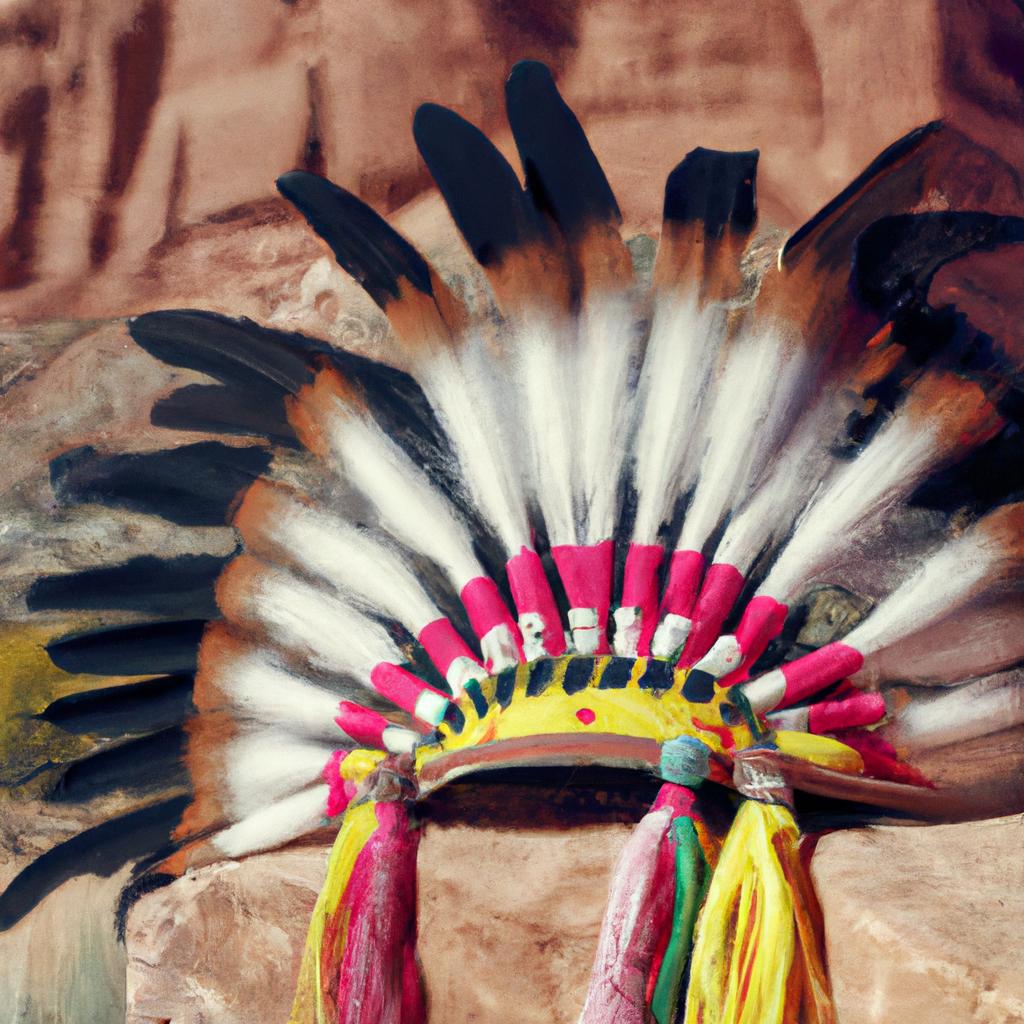
The Havasupai Indian Tribe possesses a distinct culture deeply rooted in their beliefs and practices. At the heart of their culture lies the significance of storytelling and oral tradition, which serves as a crucial conduit for passing down their history, beliefs, and values to future generations.
Traditional clothing bears immense importance within their culture. Women don long dresses made from cotton, while men don breechcloths crafted from animal hides. Additionally, both men and women wear moccasins fashioned from animal hides.
Food is an integral part of the Havasupai Indian Tribe’s cultural fabric. The tribe boasts a rich farming heritage, with their diet comprising beans, corn, squash, and wild game such as deer and rabbit. Furthermore, the tribe gathers diverse types of berries and nuts from the surrounding forests.
The tribe partakes in various traditional ceremonies, among them the Havasu Baaja. A magnificent four-day celebration honoring the tribe’s harvest, it takes place in August and features singing, dancing, and indulgent feasting.
Embracing the Geographic Location and Environment
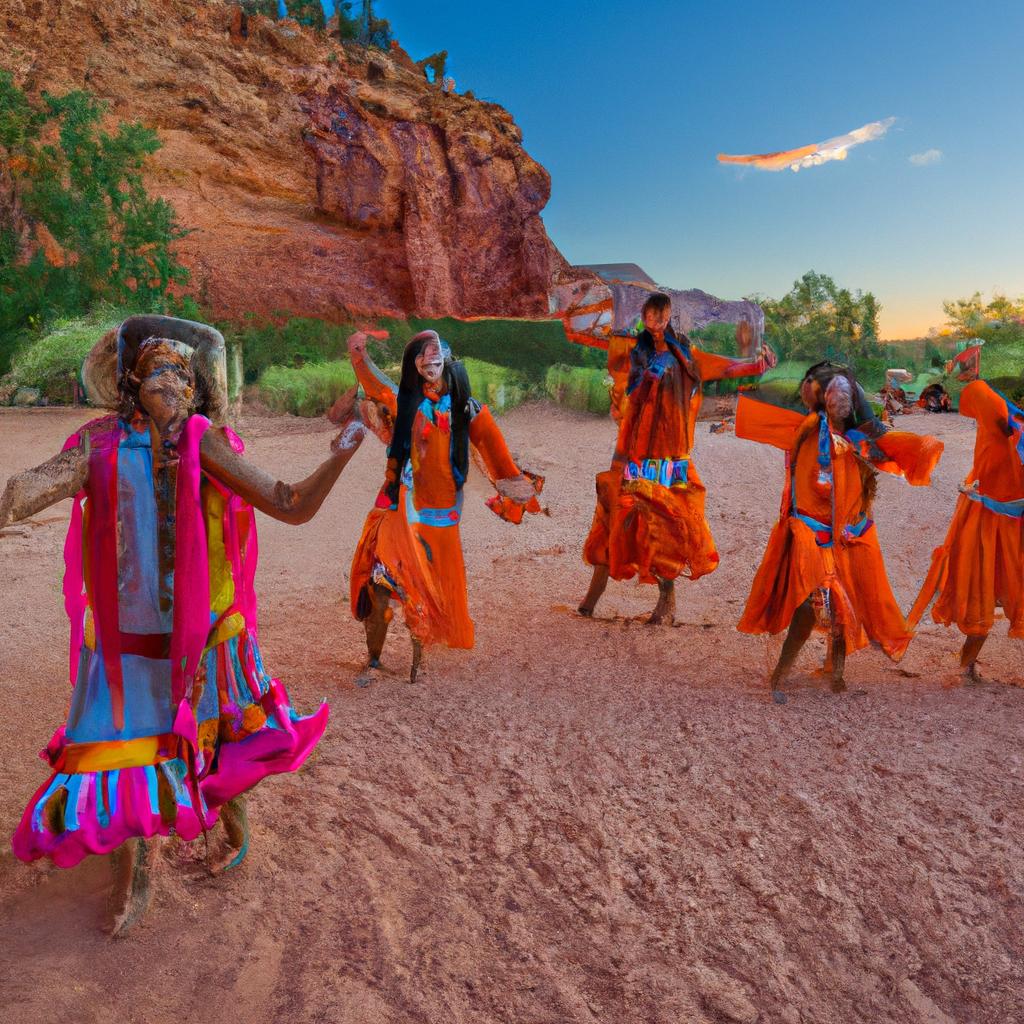
The Havasupai Indian Tribe’s homeland is nestled within the heart of the awe-inspiring Grand Canyon, marking one of the most remote and isolated areas in the United States. Accessible only by hiking eight miles through a steep canyon or by helicopter, the tribe’s reservation is a testament to their resilience.
The Grand Canyon plays an integral role in the tribe’s environment and way of life, fostering a deep spiritual connection. Regarded as a sacred place, the canyon serves as home to their ancestors and offers abundant natural resources, enabling the tribe to maintain their traditional farming practices.
Despite the challenges posed by residing in such a secluded location, the tribe has admirably preserved their traditional lifestyle, effectively safeguarding their culture and beliefs.
Harnessing the Power of the Grand Canyon’s Landscape
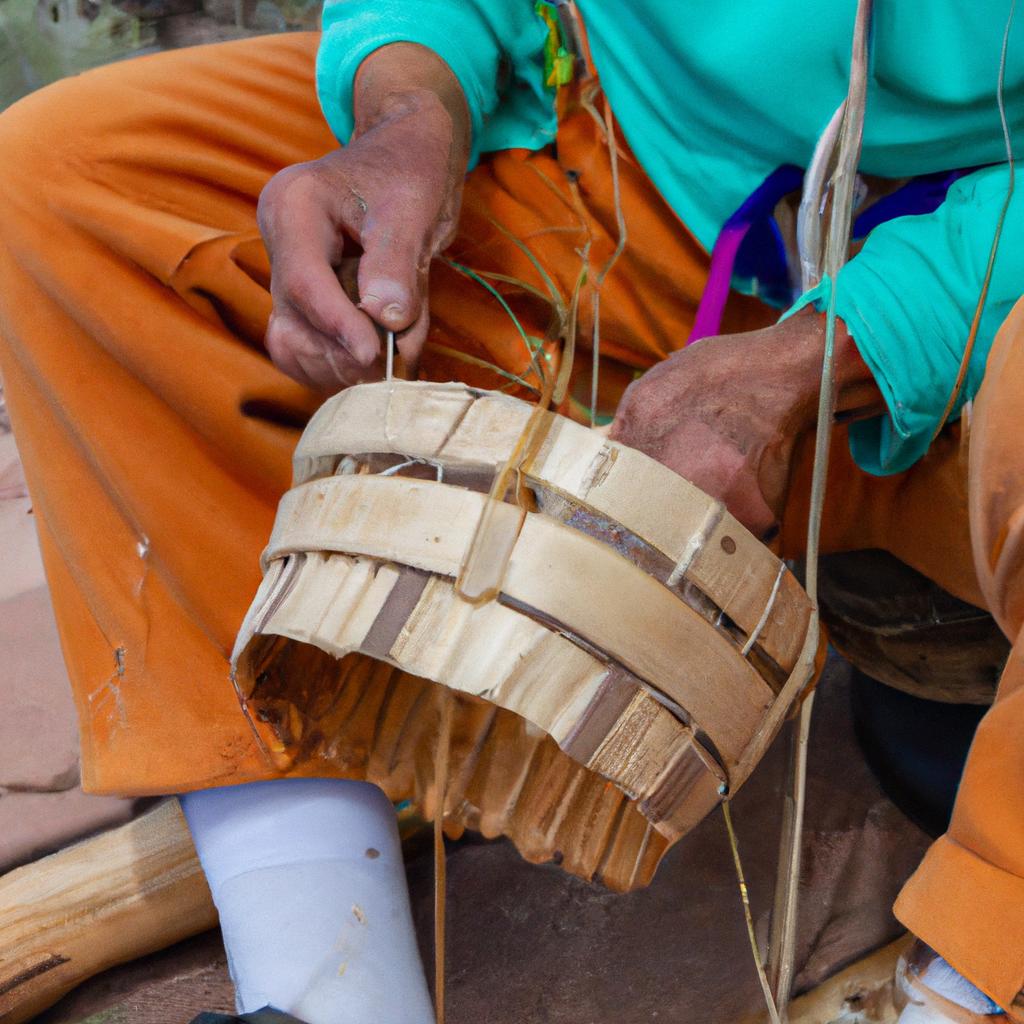
A mesmerizing and rugged landscape, the Havasupai Indian Tribe’s homeland within the Grand Canyon presents one of the world’s natural wonders. Nestled at the canyon’s base, the reservation finds itself surrounded by steep cliffs, majestic waterfalls, and lush vegetation.
The canyon weaves a profound tapestry into the tribe’s existence, representing a sacred sanctuary and an abode for their ancestors. It has played a vital role in shaping their history and culture while abundantly providing natural resources such as water, wildlife, and fertile soil for their farming endeavors.
The environment’s influence is unmistakable, evident in the tribe’s remarkable adaptability to life within this remote and demanding location. The tribe has developed a unique farming system that capitalizes on natural water sources and terraced fields, enabling the cultivation of crops like corn, beans, and squash. Moreover, the canyon’s resources are harnessed for hunting, fishing, and gathering.
Overcoming Challenges: The Resilience of the Havasupai Indian Tribe
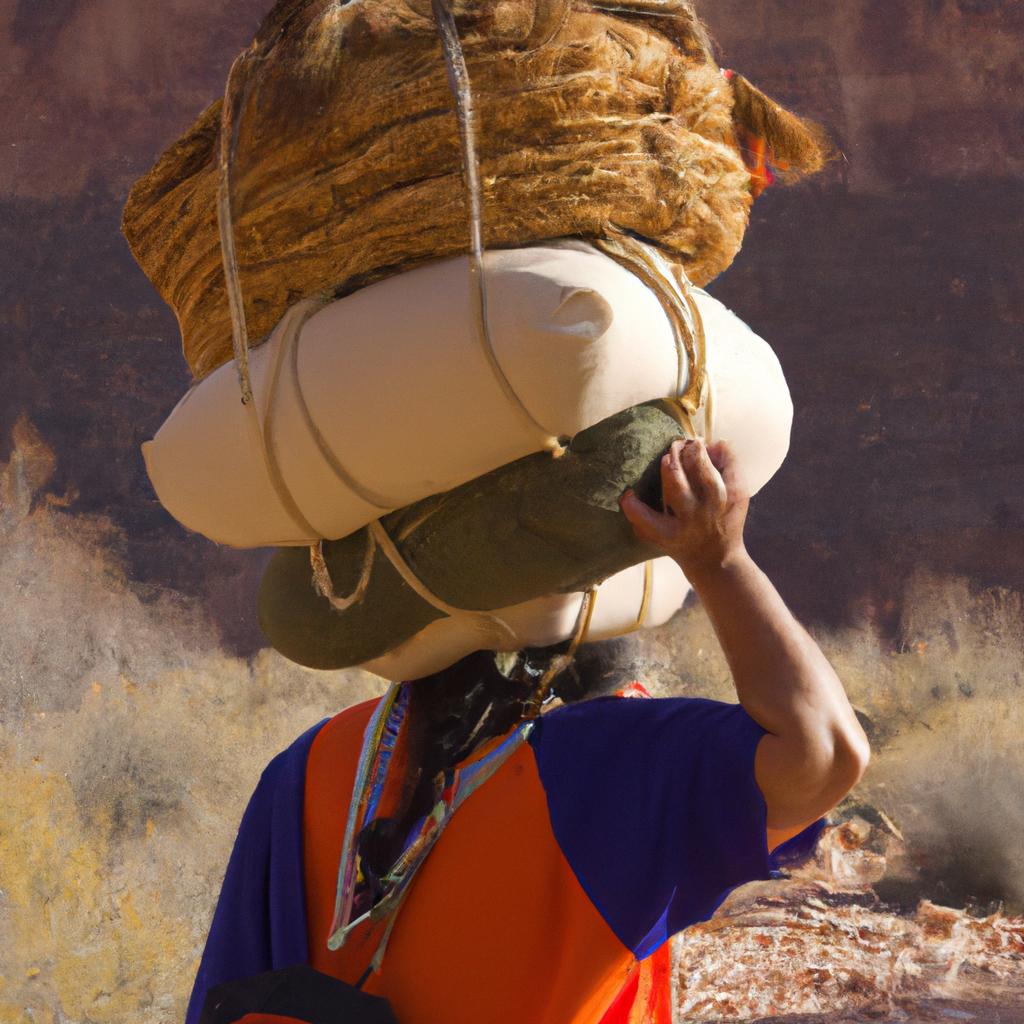
Throughout their storied history, the Havasupai Indian Tribe has encountered numerous challenges, including forced relocation, land loss, and cultural suppression. The tribe has been uprooted multiple times by the US government, leaving them with a reservation that is but a fraction of their original homeland.
In recent years, the tribe has confronted significant obstacles, grappling with the depletion of natural resources stemming from mining and tourism activities within the Grand Canyon. To safeguard their sacred sites and preserve their natural resources, the tribe has been actively working to mitigate further damage and exploitation.
Preserving and revitalizing their culture has posed another remarkable challenge for the tribe. The centuries-long struggle against cultural oppression and assimilation necessitates their ongoing efforts to safeguard their language, traditions, and customs. Cultural centers, language programs, and other initiatives have been established to facilitate the preservation of their rich heritage for future generations.
Unveiling Economic Development and Tourism
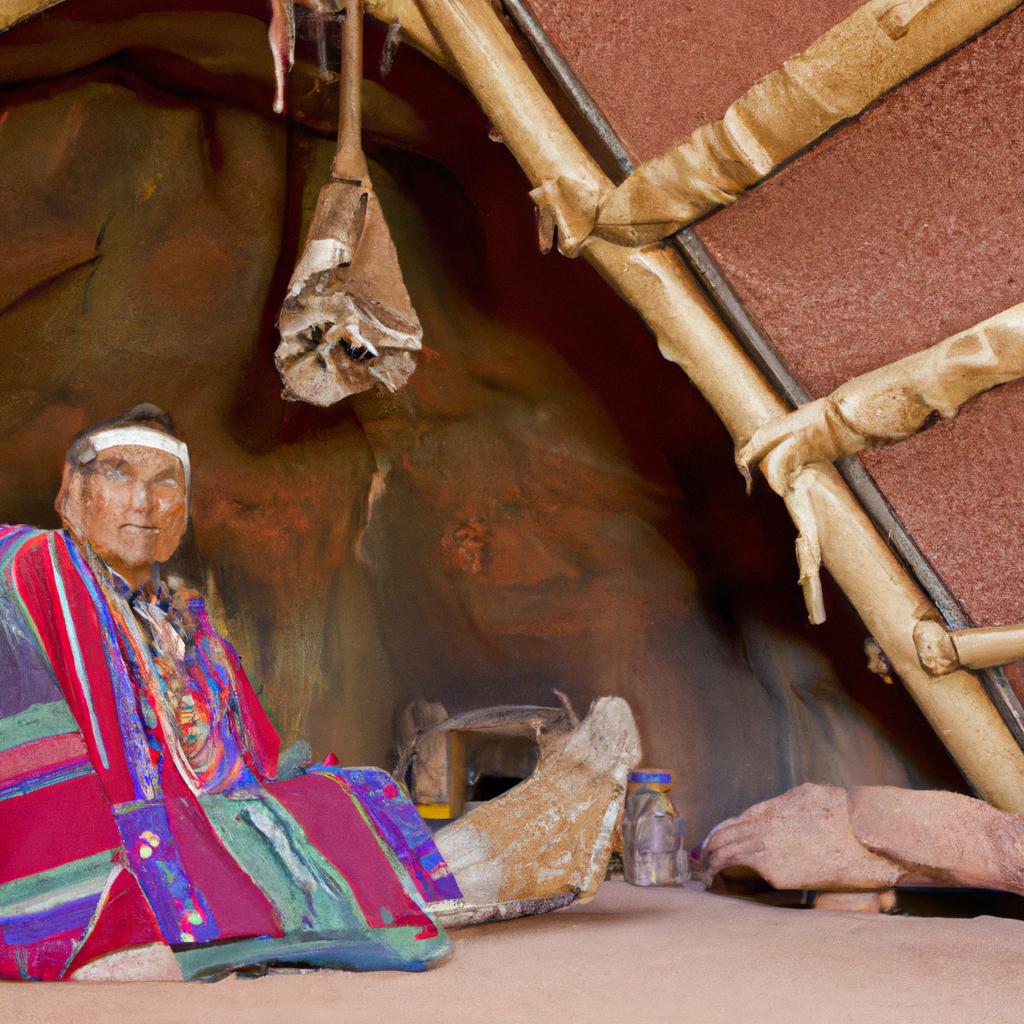
The Havasupai Indian Tribe’s economy thrives primarily on tourism. Their remote location and breathtaking natural beauty attract thousands of visitors annually. Adventurers flock to hike, camp, swim, and explore the majestic Havasu Falls, nestled within the tribe’s reservation.
While the tribe also engages in farming, cattle ranching, and the sale of handmade crafts and jewelry, it is the tourism industry that reigns supreme, serving as their main source of income.
While tourism has catalyzed economic development, it has also brought significant impacts to the tribe’s culture and environment. The surge in visitors has led to environmental degradation, negatively influencing the tribe’s farming practices and natural resources. Additionally, an influx of outsiders lacking respect for the tribe’s cultural practices has resulted in a loss of cultural identity.
To address these issues, the tribe has implemented various measures, including visitor limitations and stringent camping and hiking regulations. Additionally, eco-tourism initiatives have been established to promote sustainable tourism practices and educate visitors on the tribe’s culture and environment.
United in Support for the Havasupai Indian Tribe
The Havasupai Indian Tribe’s rich history and culture have thrived through the passage of time. Their remote location within the Grand Canyon has fostered the preservation of their traditional way of life, providing a profound connection to their beliefs and practices for future generations.
However, the tribe faces numerous challenges, including the loss of land and resources, as well as the consequences of tourism on their culture and environment. As visitors to the tribe’s reservation, we must demonstrate profound respect for their cultural practices and actively support their endeavors to preserve their exceptional culture and environment.
As TooLacks, we proudly stand in solidarity with the Havasupai Indian Tribe, advocating for their rights and well-being. Let us work hand in hand to ensure their unique culture and way of life are cherished and preserved for generations to come.
Leaning more about the Havasupai Indian Tribe? Visit TooLacks for further insights.
